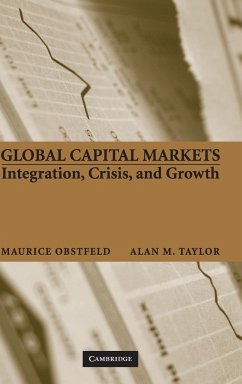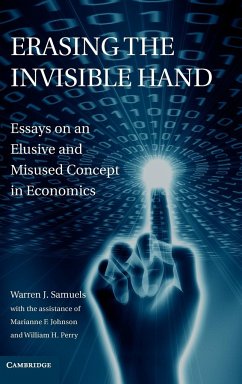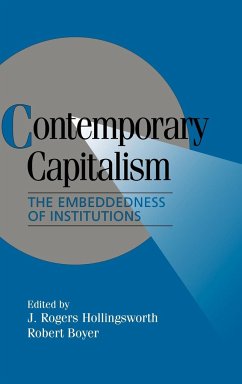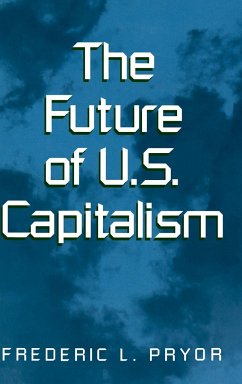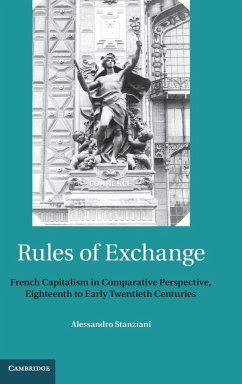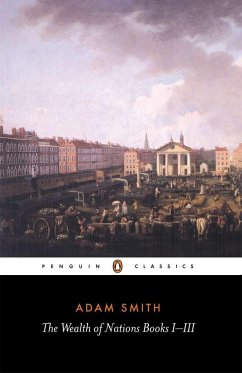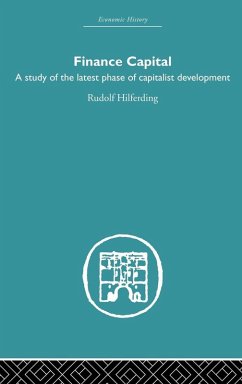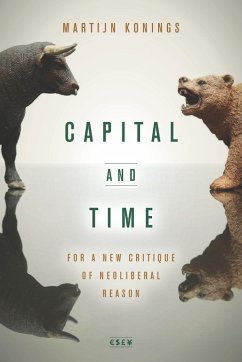
Preference, Production and Capital

PAYBACK Punkte
64 °P sammeln!
This volume contains a selection of Professor Uzawa's important contributions to mathematical economics. Subjects covered by these nineteen essays include consumption, production, equilibrium, capital, growth, planning, international trade, and the theory of social overhead capital. Written in the 1960s and early 1970s, the papers form a basis upon which economic theory has developed over the last twenty years. The collection includes some of Uzawa's classic contributions, such as 'Preference and Rational Choice in the Theory of Consumption' (presented at the First Stanford Symposium), 'Time P...
This volume contains a selection of Professor Uzawa's important contributions to mathematical economics. Subjects covered by these nineteen essays include consumption, production, equilibrium, capital, growth, planning, international trade, and the theory of social overhead capital. Written in the 1960s and early 1970s, the papers form a basis upon which economic theory has developed over the last twenty years. The collection includes some of Uzawa's classic contributions, such as 'Preference and Rational Choice in the Theory of Consumption' (presented at the First Stanford Symposium), 'Time Preference, the Consumption Function, and Optimum Asset Holdings', 'Neutral Inventions and the Stability of Growth Equilibrium', 'On a Two-Sector Model of Economic Growth', 'Time Preference and the Penrose Effect in a Two-Class Model of Economic Growth', and 'On the Economics of Social Overhead Capital'. The collection will be useful not only in understanding the nature of the development in economic theory today, but also in reflecting upon the direction toward which economic theory will be advancing in the future.





